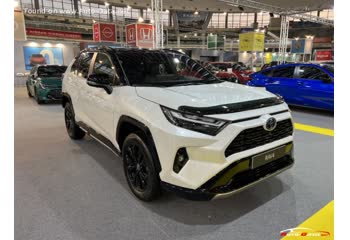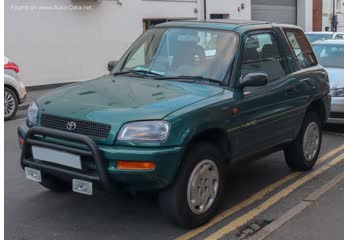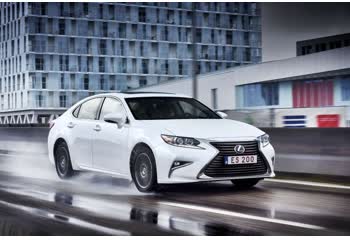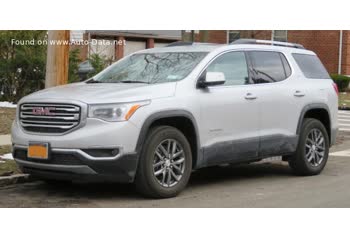Alles, was Sie über Spezifikationen und Leistung wissen müssen - Toyota RAV4 2016 - 2.5 (176 Hp) Automatic

Übersicht:
Welchen Hubraum hat ein Toyota RAV4 2016?
Die Motorkapazität des Toyota RAV4 2016 beträgt 2494.
Toyota RAV4 2016 Wie viele PS?
Die Motorleistung des Toyota RAV4 2016 beträgt 176 Hp @ 6000 rpm..
Was ist die Toyota RAV4 2016-Engine?
Toyota RAV4 2016-Engine ist 2AR-FE. (Klicken Sie hier, um andere Autos mit demselben Motor anzuzeigen.)
Wie viel Benzin verbraucht ein Toyota RAV4 2016?
Der Toyota RAV4 2016 verbraucht 9.0-9.4 Liter Benzin pro 100 km
Allgemein:
Motor:
Leistung:
Platzangebot:
Abmessungen:
Antrieb, Fahrwerk und Bremsen:
Siehe auch

Letzte Generation.
Die Produktion begann im Jahr 2021 bis jetzt

Andere Generation.
Die Produktion begann im Jahr 1995 bis 2000

Andere Generation.
Die Produktion begann im Jahr 2008 bis 2010

Gleicher Motor. (2AR-FE).
Die Produktion begann im Jahr 2015 bis 2018

Gleicher Motor. (2AR-FE).
Die Produktion begann im Jahr 2018 bis 2023

Gleiches Produktionsjahr und nahezu gleicher Hubraum.
Die Produktion begann im Jahr 2016 bis 2018

Gleiches Produktionsjahr und nahezu gleicher Hubraum.
Die Produktion begann im Jahr 2016 bis 2019

Kommentar schreiben